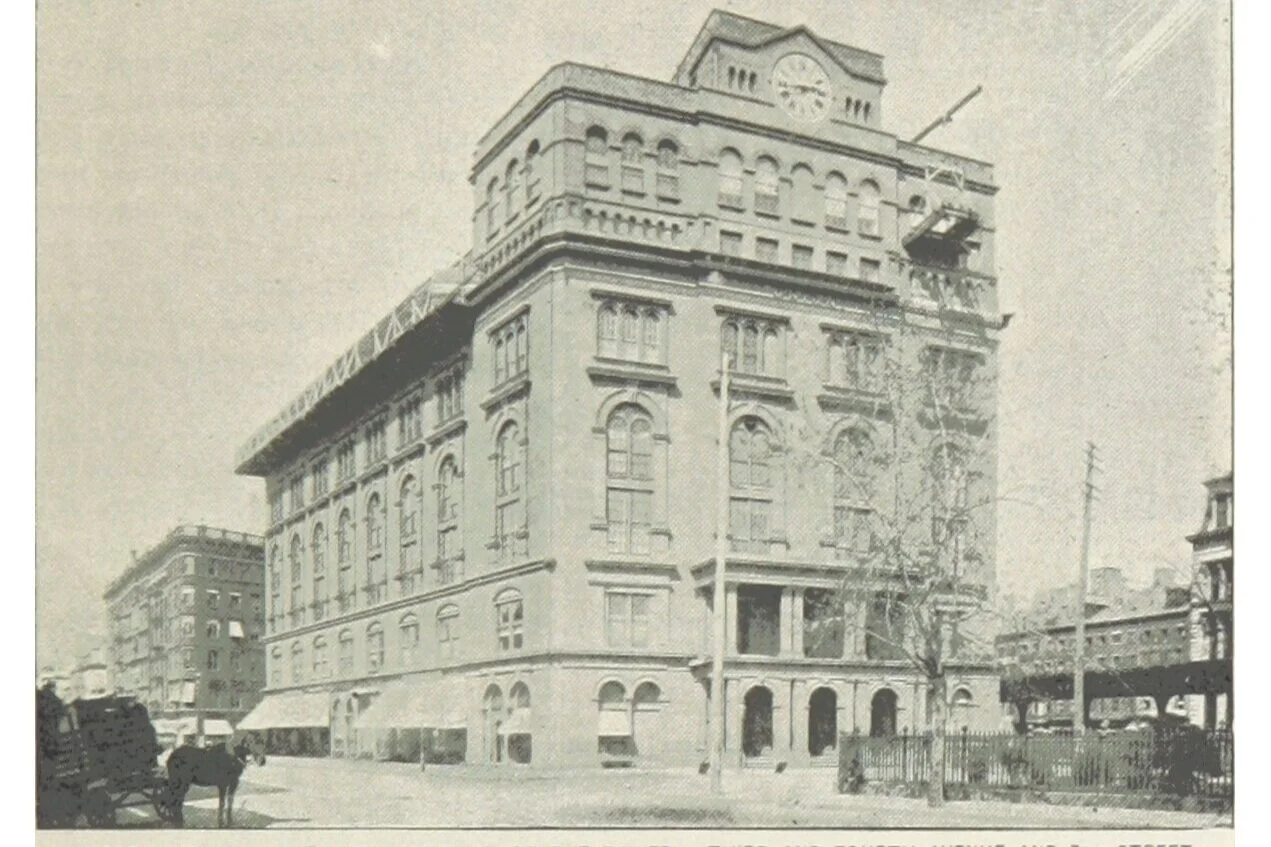On occasion people ask me where are the hidden college gems?
I have a found that the 50 Best Colleges list (www.thebestschools.org) is a pretty good source of hidden gems. The list’s primary criterion is that college is for undergraduates, not graduate students—which eliminates many of the big names, such as Harvard or Northwestern. It surveys the record of achievement among a college’s graduates to determine whether they have the skills to succeed in the real world. It also considers whether a college offers a ‘diversity of courses’ free of dogmatism, ideology or political correctness, delivers academic rigor so that students master their subjects, and watches its expenses to avoid adding an unwieldy debt load that indentures many graduates for decades to come. Grove City College (GCC) is number 18 on this list.











